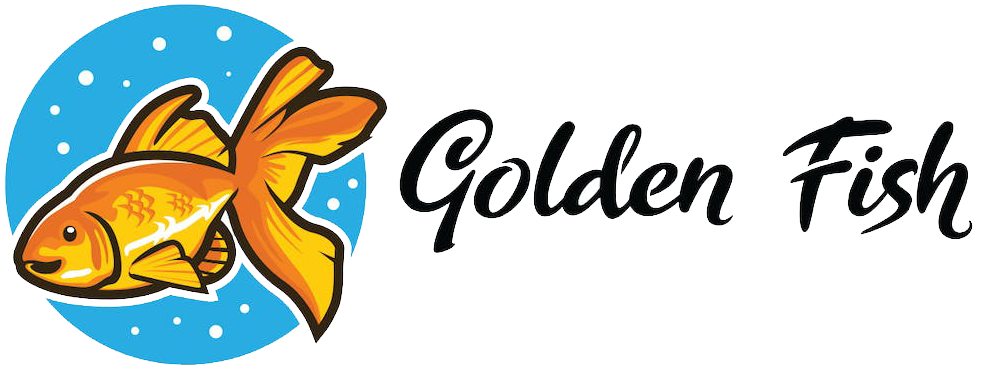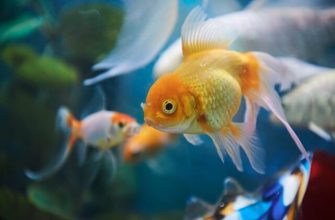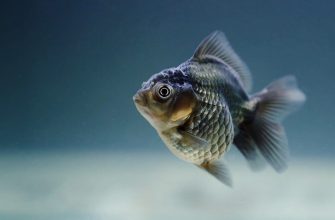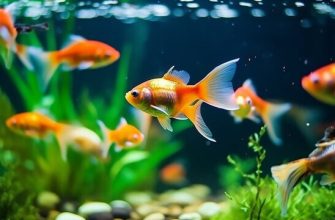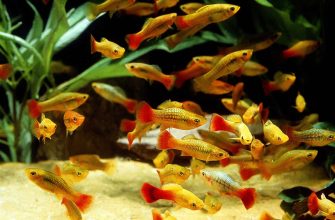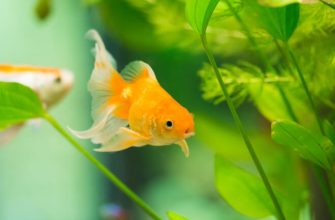Did you know that goldfish are one of the most popular pet fish in the world, with over 150 million kept as pets just in the United States? Their bright colors, unique shapes, and lively personalities make them a favorite choice for aquarium hobbyists. However, keeping goldfish healthy requires properly caring for the aquarium environment. One key consideration is whether or not a filter is needed for a goldfish tank.
Filtration serves a critical purpose in aquariums by removing harmful waste products like ammonia and nitrite. These substances build up from fish waste and decaying organic matter, and can quickly reach toxic levels without filtration. Exposure to high ammonia and nitrite is extremely dangerous for fish and can lead to poisoning, disease, and death. Proper filtration helps remove these toxins and provides a healthy, safe water environment.
Goldfish Biology

Goldfish are a member of the carp family and have a similar anatomy and physiology to their carp relatives. They have a torpedo-shaped body covered in scales, two sets of paired fins (pectoral and pelvic), an anal fin, a caudal fin, and a single dorsal fin. Their streamlined body shape allows them to swim swiftly through the water.
Goldfish possess a two-chambered heart, a swim bladder for buoyancy control, and a lateral line system running down each side to detect vibrations and pressure changes in the water. They are omnivores and will eat both plant and animal matter, including insects, crustaceans, and vegetation. Their teeth are located in their throat or pharynx.
Goldfish have excellent vision and can see color and distinguish between shapes. They also have a keen sense of taste and can detect certain chemicals in the water. Goldfish are social animals and exhibit schooling behavior. They communicate through visual cues and by releasing pheromones. Regular activities include foraging along the bottom, swimming, and resting.
The Nitrogen Cycle
The nitrogen cycle refers to the process of how ammonia, which is highly toxic to fish, is converted to less harmful compounds in an aquarium.
Here’s a quick overview of the cycle:
Ammonia is produced from fish waste, uneaten food, and decomposing organic matter in the tank. Ammonia is very harmful even in small amounts.
Beneficial bacteria that live in the filter media and substrate convert ammonia into nitrite. These nitrifying bacteria are called Nitrosomonas. Nitrite is still quite toxic to fish.
Another type of beneficial bacteria called Nitrospira then convert the nitrite into nitrate. Nitrate is much less harmful to fish in low-moderate levels.
In heavily planted tanks, aquatic plants can absorb some of this nitrate. In tanks without live plants, nitrate accumulates and needs to be removed through water changes.
So in summary, the nitrogen cycle involves beneficial bacteria that convert ammonia into nitrite, then nitrite into nitrate. This cycle allows fish waste to be broken down into less harmful compounds.
Ammonia in Fish Tanks
Ammonia is a byproduct of fish waste that accumulates quickly in aquariums. Fish primarily excrete ammonia through their gills as they breathe, with smaller amounts excreted through urine and feces.
Even a small amount of ammonia can be highly toxic to fish. Ammonia burns the gills, eyes, and skin of fish. It inhibits oxygen transport and causes respiratory stress. Prolonged exposure to ammonia can severely weaken the immune system and cause disease, neurological impairment, and even death in fish. Therefore, controlling ammonia levels is crucial for keeping fish healthy in an aquarium environment.
The Role of Filtration
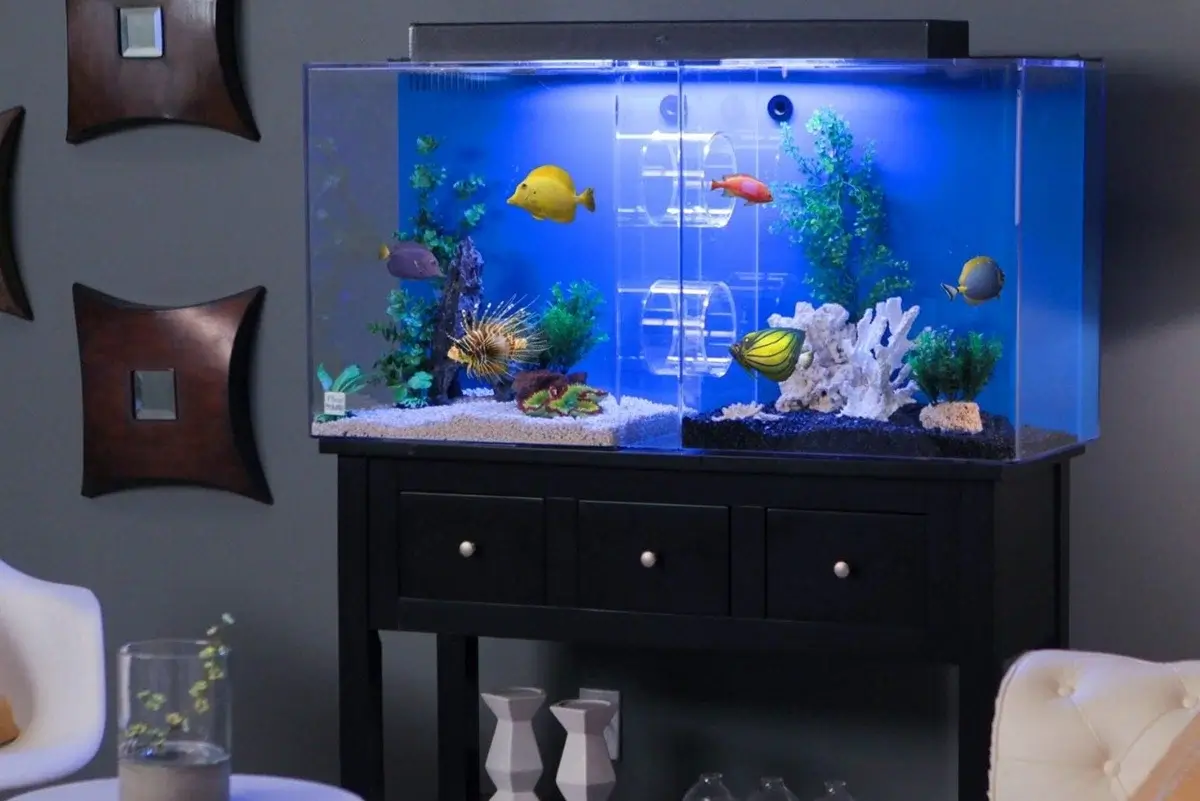
Aquarium filters serve a crucial function in maintaining water quality and removing toxic waste products like ammonia from the water. As fish breathe and excrete waste, ammonia levels build up rapidly in the closed system of a fish tank. Ammonia is highly toxic to fish and can cause severe health issues and death if allowed to accumulate.
Filters remove ammonia and prevent dangerous spikes through a process called the nitrogen cycle. Beneficial bacteria colonize on the filter media and convert ammonia first into nitrite, then into the safer nitrate. Without an established nitrogen cycle, ammonia would reach lethal levels very quickly.
There are three main types of aquarium filters:
-
Mechanical filters use filter floss, sponges or other media to physically trap debris and solid waste. This helps keep the water clear.
-
Biological filters provide surface area for beneficial bacteria. These bacteria break down toxic ammonia and nitrite.
-
Chemical filters use activated carbon or other media to remove odors, colors, medications, and other dissolved organic compounds from the water.
Each filter type serves an important purpose in maintaining water quality. Most modern aquarium filters combine mechanical, biological and chemical filtration into a single efficient system.
When a Filter is Necessary
Goldfish produce a large amount of waste and ammonia compared to other aquarium fish, due to their high bio-load. This means filtration is especially important for keeping goldfish healthy.
In general, a filter is recommended for any goldfish tank. However, larger tanks with fewer fish may not require heavy filtration. Tanks smaller than 20-30 gallons should always have a filter, as ammonia can build up quickly with high stocking levels.
For a 10 gallon tank with 1-2 fancy goldfish, aim for a filter with at least 200 gallons per hour (GPH) flow rate. Larger tanks with more fish require stronger filtration – a 40 gallon may need 400+ GPH. Oversized filters are ideal, as they allow for more water turnover to dilute waste. Multiple filters can be combined for extra filtration capacity.
When in doubt, err on the side of overfiltration, especially for single-tail goldfish which produce even more waste. Proper filtration is key to maintaining water quality and goldfish health long-term.
Alternatives to Filtration
While filtration is recommended for most goldfish tanks, there are some alternatives that can work in certain scenarios.
Some options to consider instead of a traditional filter include:
-
Live plants – Adding live aquarium plants can help absorb ammonia and nitrates from the water. Plants like anacharis, java fern, and anubias are good options. The plants act as natural biofiltration and reduce the bioload on the tank. However, plants alone are usually not enough filtration for goldfish that produce a lot of waste. They should be used in combination with other methods.
-
Frequent water changes – Doing very frequent partial water changes, like 25% twice a week, can dilute ammonia and nitrates. This takes more effort but avoids buying a filter. The drawback is instability, since rapid water changes alter parameters. It can also be impractical long-term.
-
Understocking – Keeping just 1-2 small goldfish in a large tank can reduce waste production. This avoids overloading the biofilter capacity. But goldfish grow fast, so understocking only works temporarily. It’s not a complete filtration solution.
Overall, filtration alternatives can supplement a tank’s biofiltration capacity but usually aren’t sufficient as the sole filtration method. The pros are lower cost and a more natural setup. However, cons include instability, extra effort, and increased risks. Most experts recommend using a quality filter in combination with live plants and appropriate stocking levels to create a healthy goldfish tank. Alternatives alone may struggle to handle goldfish’s heavy bioloads.
Caring for Goldfish
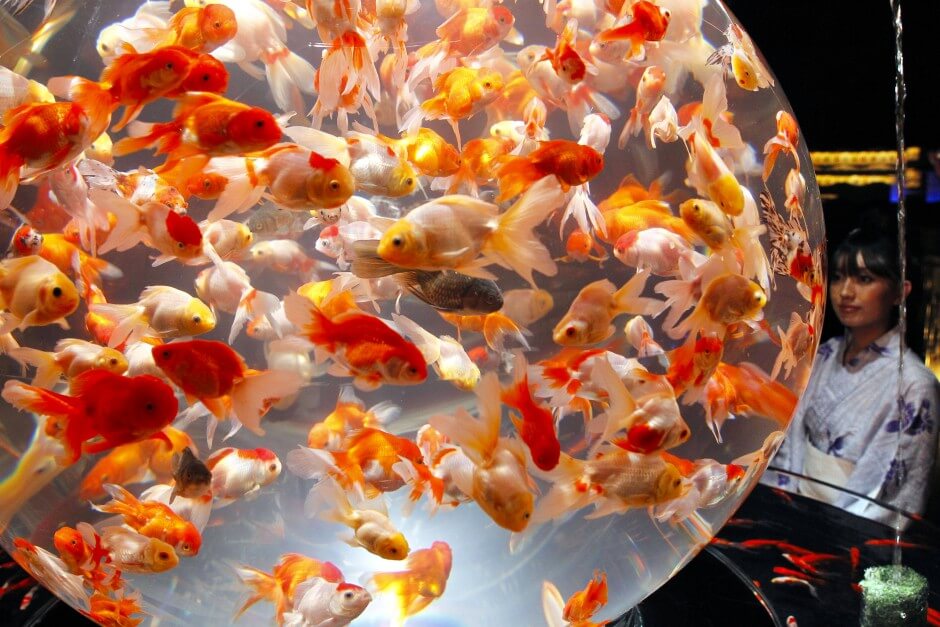
Goldfish require special care to thrive in captivity.
Some key aspects of goldfish care include:
-
Tank Size: Goldfish need plenty of room to swim and grow. The general rule is 20 gallons for the first fancy goldfish, plus an additional 10 gallons per additional fancy goldfish. For common goldfish, provide at least 55 gallons for the first fish and an extra 20 gallons per additional fish.
-
Water Temperature: Goldfish do best in cool water between 65-72°F. They can tolerate temperatures from 60-80°F, but extremes should be avoided.
-
Filtration: A strong filter is critical to prevent ammonia and nitrite spikes. Canister filters or hang-on-back power filters work well. Aim for a filtration capacity at least 4 times the tank volume per hour. Perform regular water changes even with a filter.
-
Water Changes: Goldfish are messy eaters, so frequent water changes help manage waste. Replace 25-50% of the water weekly. Use a gravel vacuum to remove debris. Use water conditioner to remove chlorine and chloramines.
-
Diet: Goldfish are omnivores and will eat both plant and animal materials. Feed a variety of foods like flakes, pellets, frozen foods, veggies, and live foods. Only feed as much as they can consume within 2-3 minutes, 1-2 times per day.
-
Tank Mates: Single tail goldfish may nibble on tank mates. Fancy goldfish are social and can be kept with similar sized fish. Avoid aggressive fish that may nip fins.
With proper housing, nutrition, and care goldfish can thrive for 10+ years. Perform regular maintenance and watch for signs of disease to keep goldfish in optimal health.
FAQs
Many people have questions about whether goldfish need a filter and how filtration impacts their health and tank maintenance.
Here are some of the most frequently asked questions:
Do goldfish need a filter?
Goldfish do not necessarily require a filter if their tank size is adequate and regular water changes are performed. However, a filter is highly recommended to support the nitrogen cycle and prevent ammonia buildup, which is toxic to goldfish. Filtration makes tank maintenance easier by reducing water changes.
What size tank do goldfish need without a filter?
For two common goldfish, a tank of at least 40-50 gallons is recommended without a filter to dilute waste. The tank size should be increased to 75+ gallons for two fancy goldfish. Perform 25% water changes twice per week.
How does a filter help goldfish?
Filtration supports the nitrogen cycle to convert toxic ammonia into less harmful nitrate. The filter media provides surface area for beneficial bacteria that break down waste. A filter also improves oxygenation and removes debris. This keeps water cleaner and parameters more stable.
What type of filter is best for goldfish?
Canister filters or hang-on-back power filters work well for goldfish tanks. Aim for a filter rated for at least double the tank size to ensure adequate filtration. Choose a filter with adjustable flow to avoid strong currents that stress goldfish.
Conclusion
In summary, having a filter is highly recommended for goldfish tanks in order to maintain a healthy environment. While goldfish can survive for periods of time without a filter, their overall health and lifespan will be compromised.
A filter helps remove toxic ammonia that builds up from goldfish waste and prevents dangerous spikes that can harm or even kill goldfish. Filtration also keeps water clearer, provides oxygenation, and gives beneficial bacteria a place to colonize to break down waste. This creates a more stable, livable aquarium.
Some alternatives like frequent water changes can help, but do not fully replace the benefits of filtration. When housing goldfish long-term, investing in an appropriately sized filter pays dividends for their health and quality of life. While not an absolute necessity, filtration goes a long way in replicating their natural environment and supporting goldfish to thrive.
